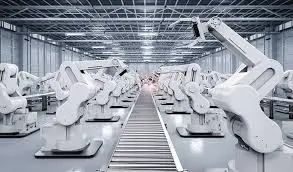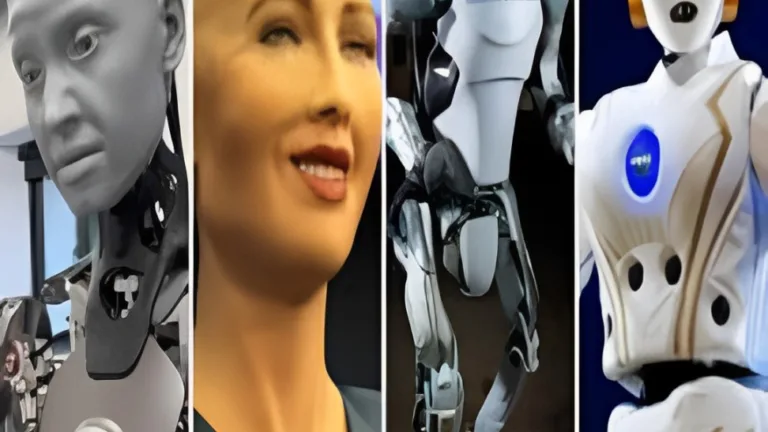In China, which is home to many industries around the world, artificial intelligence similar to ChatGPT is significantly advancing research and development efforts targeted at bringing humanoid robots closer to reality. The chief operating officer Li Zhang, of LimX Dynamics, a Shenzhen-based startup, noted that generative AI—a subfield of AI focused on assisting machines in better understanding and interpreting their surroundings—is proving to be crucial in this attempt.
Li Zhang:
He first projected that it would take LimX Dynamics eight to ten years to build humanoid robots that could do jobs beyond those found in a factory.

This timetable has been drastically cut, though, by the effect of AI; Li currently projects that some use cases will be available in five to seven years. He highlights how artificial intelligence has accelerated their entire R&D process.
OpenAI and Tesla:
A number of companies, such as OpenAI and Tesla, are ready to invest in startups developing humanoid robots, demonstrating the increasing interest and promise in this area.

Chinese companies Agibot and BYD are also investing a significant amount of money. Notably, Chinese President Xi Jinping recently visited Shanghai and saw a humanoid robot created by Fourier Intelligence, demonstrating the country’s dedication to developing robotics technology.
Humanoid robots are expected to play a major role in work environments before they are able to be integrated into homes. China has become a major force in the worldwide industrial robot market, especially in the metal, automotive, and electronics industries.
Humanoid robots:
According to Li Zhang, humanoid robots cannot completely replace human laborers due to intrinsic mechanical limits,
even with the breakthroughs made possible by artificial intelligence.

This highlights how important it is to keep up innovation and development work in this field.
For humanoid robots, generative AI mostly improves task planning; it does not directly handle motion control. Investors that have acknowledged LimX Dynamics’ promise in this field include Future Capital and Lenovo Capital.
Cost per robot declines:
As the cost per robot declines, a trend towards a wider deployment of industry robots is expected.
For example, the Chinese startup Fastra intends to drastically reduce costs in order to start producing robots in large quantities at a reasonable price in the near future.
Artificial Intelligence has the potential to lower costs in the pharmaceutical sector by reducing the number of unsuccessful studies. In this sense, Insilico Medicine has made great strides; according to them, they have created an AI-generated medication that is presently undergoing phase 2 clinical trials. This demonstrates the wide range of uses and possible effects of AI in numerous industries.
Conclusion:
The blog post ends by highlighting the tremendous progress that artificial intelligence has enabled, especially in the field of humanoid robot development in China. The incorporation of generative AI has significantly accelerated research and development, despite earlier predictions of a long-time horizon. Some use cases are anticipated to be accessible in five to seven years.
The increasing promise and potential in this subject are demonstrated by the interest in investments from businesses like as BYD, Agibot, Tesla, and OpenAI.

Though AI improves humanoid robots’ task planning, it’s important to remember that these machines have inherent mechanical limits that prohibit them from completely replacing human work.
A larger deployment of industry robots is predicted as the cost per robot decreases; businesses such as Fastra, who aim to build economical robots at scale, are an example of this trend. Furthermore, AI has the potential to lower research expenses in the pharmaceutical industry by limiting failed experiments. This is exemplified by Insilico Medicine’s creation of an AI-generated drug that is presently undergoing phase 2 clinical trials.
Overall, the conclusion emphasizes the wide range of uses and major effects of AI in a number of industries, highlighting the continuous need for innovation and advancement in this quickly developing subject.






Thanks for the sensible critique. Me and my neighbor were just preparing to do a little research about this. We got a grab a book from our area library but I think I learned more from this post. I am very glad to see such wonderful information being shared freely out there.
Great write-up, I am normal visitor of one抯 site, maintain up the excellent operate, and It is going to be a regular visitor for a lengthy time.